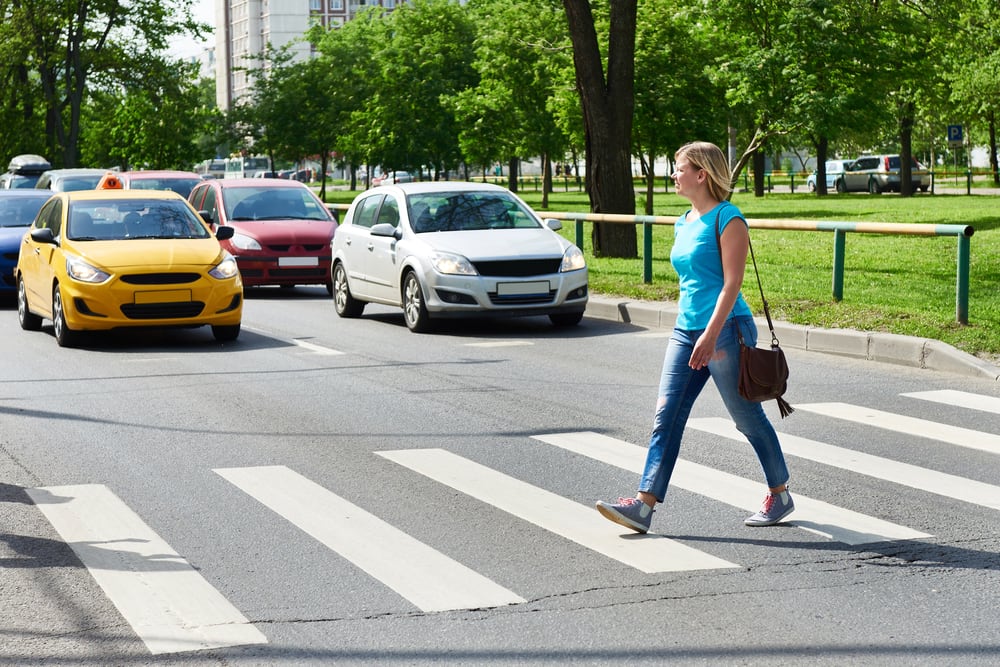

Safe driving is everyone’s responsibility, and driving laws are in place for your protection. When it comes to right-of-way laws, there can be some confusion – who gets to go first? Much of the basis for right-of-way laws is simple common sense. If you are unsure as to what action to take when driving in North Carolina, the Driver’s Handbook for the state can guide you.
Summary of North Carolina right-of-way laws
The right-of-way laws in the state of North Carolina can be summarized as follows:
The driver and pedestrian
When you are operating a motor vehicle, you must always give right of way to pedestrians.
If there are no traffic signals, then pedestrians must be given the right of way when in marked or unmarked crosswalks.
When there are traffic signals, pedestrians must observe the same signals as drivers – this means that they must not cross on a red light, or enter a crosswalk on a yellow signal.
When pedestrians are crossing on a green light, they have the right of way.
If a traffic signal changes from green to yellow or yellow to red when a pedestrian is still in the crosswalk, then the driver must yield right of way and allow the pedestrian to cross safely.
Blind pedestrians always have the right of way. You can identify a blind pedestrian by the presence of a guide dog, or a red-tipped white cane.
Some intersections are equipped with “Walk” and “Don’t Walk” signals. Pedestrians who are crossing on a “Walk” signal have the right of way even if they are not facing a green light.
Emergency vehicles
- Police cars, fire engines, ambulances and rescue vehicles invariably have the right of way if their sirens are sounding and vehicles are flashing. You must always yield the right of way, regardless of the direction in which the emergency vehicle is proceeding.
Intersections
The vehicle that is already in an intersection must be given the right of way.
If two vehicles arrive at once at an unmarked intersection, the right of way must be given to the driver that is going straight.
At a stop sign, you must yield to through traffic.
When exiting a driveway, you must yield to vehicles in the road.
Common misconceptions about North Carolina right-of-way laws
Motorists in North Carolina often assume that pedestrians do not have to adhere to right-of-way laws. In fact, they do. A pedestrian can be fined for failure to yield to a motor vehicle. However, that does not mean that you can proceed as usual if a pedestrian is breaking the law – because pedestrians are so much more vulnerable than motorists, a motorist must give right of way to a pedestrian even if he or she is clearly in violation.
Penalties for failure to yield
In North Carolina, failure to yield to another motorist will result in three demerit points being assigned to your driving license. If you fail to yield to a pedestrian, it’s four points. You will also be assessed a fine of $35 for failure to yield to a motorist, $100 for failure to yield to a pedestrian, and $250 for failure to yield to an emergency vehicle. Court costs may also apply.
For further information, consult the North Carolina Driver’s Handbook Chapter 4, pages 45-47 and 54-56.



